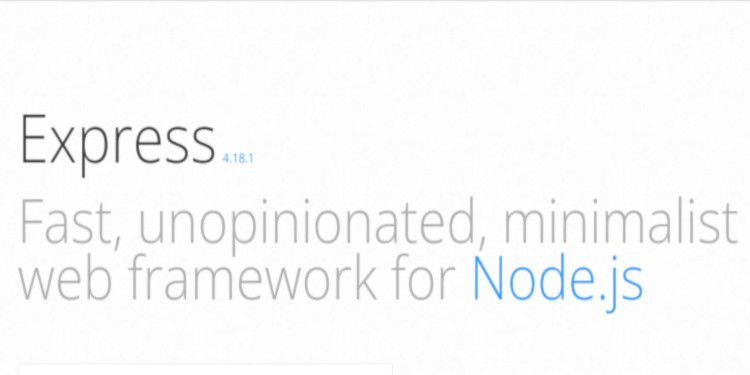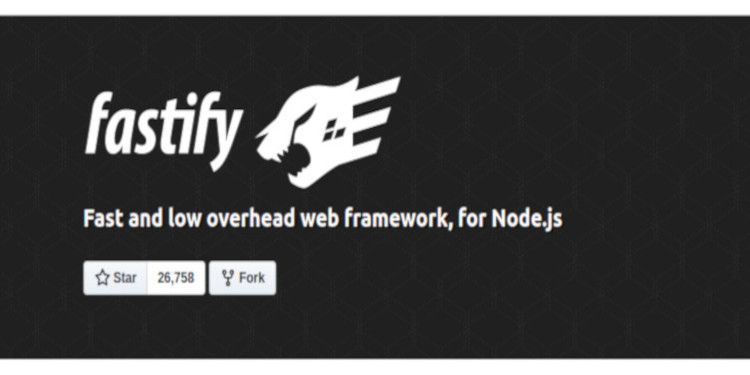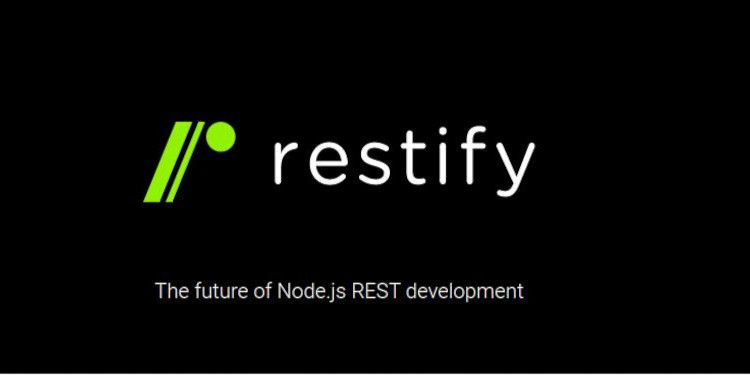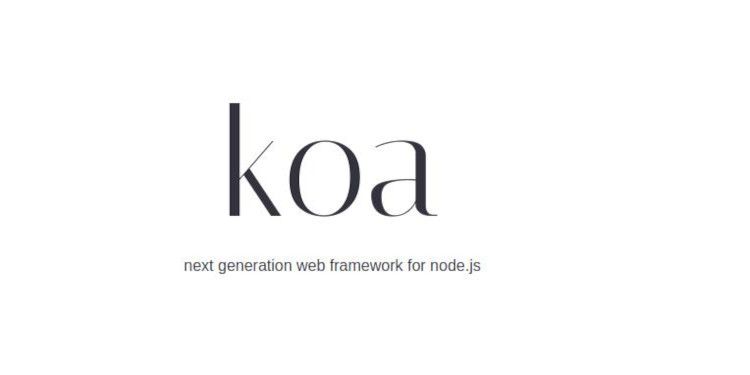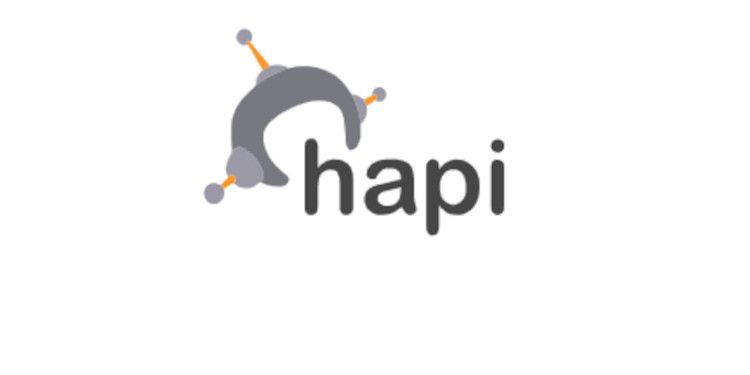Node.js is an open-source JavaScript run-time environment. You can use it to write command-line tools and server-side scripts in JavaScript, but outside a browser.
Node.js is popular for its fast and efficient delivery of dynamic page content. It can operate on files stored on the server and use form data to modify database content.
Node.js runs single-threaded, asynchronous programs, which helps make it more memory efficient. There are many Node.js frameworks that you can use to build a web application, and here are some of the most popular.
1. Express
Express is a Node.js framework you can use to develop both web and mobile applications. It provides minimal web app features that make it easier to develop apps and RESTful APIs. It's an open-source project, with many contributors participating in its development.
Express is efficient for designing single-page, multi-page, and hybrid applications. Developers can easily set up middleware packages and third-party tools and services. You can use these services to respond to development issues.
Express allows you to create routes with popular HTTP methods for your endpoints. For example, you can use app.get() for GET requests and app.post() for POST requests. Dynamic routing increases the functionality of HTTP methods and URLs for your app.
Express also allows you to dynamically render HTML pages, which you can control by passing arguments to templates. It works with different types of databases including SQL and NoSQL. To connect to a database you must load an appropriate Node.js driver for the database in your app.
You use Express to create real-time applications that need fast responses. These include streaming websites, monitoring services, and financial applications.
Learning Express is easy for beginners. But it can be challenging for developers who work with other backend frameworks. Utilizing callbacks and setting up middleware are concepts absent in other frameworks.
2. Fastify
Fastify is a Node.js framework with the same plugin architecture as Express. It's 100% asynchronous, making it very fast. It can serve up to 30,000 requests per second. Like Express, it's extensible through hooks, plugins, and decorators.
Fastify has a JSON Schema that helps to validate routes and serialize outputs. It compiles this schema very quickly, increasing the performance of your app. Inbuilt security measures for the app, increase speed while maintaining security.
Fastify comes with a TypeScript file, but it also allows you to install one that is compatible with your Node.js version. TypeScript helps to ensure that you use the correct types in the server and routes.
Fastify powers many organizations that require high-performative applications. These include software companies like Microsoft, healthcare apps, job sites, and taxi companies.
3. Restify
Restify is another robust Node.js web framework that optimizes the building of scalable RESTful web services. It's fast and highly performative, making it popular with large-performing Node.js deployments.
Restify is similar to Express. It follows the plugin architecture with built-in features and middleware support. These features help you handle HTTP requests, routing, versioning, input validation, and debugging. Restify supports CORS (Cross-Origin Resource Sharing) and JSONP (JSON with Padding).
Restify is popular in modern web development. It's known for building fast and scalable APIs handling large amounts of requests. It's best for companies that need complex APIs. These APIs integrate with other systems and services to function. Popular companies that use Restify include Netflix, npm, and Pinterest.
4. Koa
Koa is a Node.js web framework designed by the creators of Express. It's smaller, making it super fast and expressive. Koa is lightweight. This makes it ideal for the quick building of robust APIs and web applications.
Koa leverages async functions. This makes it easier to write and read asynchronous code. You don't have to write challenging callbacks or promises anymore. Koa provides a dedicated suite to handle middleware. You can use the middleware functions to add functionality to the app.
It also has methods for content negotiation, cache freshness, proxy support, and redirection. And Koa has improved error-handling features.
Koa's request and response object is an abstraction of Node.js. This way, Node.js provides additional functionality for HTTP server development. This makes it easier to configure and customize requests and responses.
The inbuilt features increase the flexibility of Koa. You can easily customize and add new features without starting from scratch. Some of the companies using Koa include Paralect, Pier, and Aircloset.
5. Hapi
Hapi is another open-source Node.js framework. It simplifies server-side development with readable code and an easy-to-learn interface. Hapi has a small surface area. This makes it easier to configure, and customize applications without compromising security.
Hapi has tight security settings to manage code. This includes integrated 2FA for contributors. It has default updates that protect server load with payload limits and timeouts. It also blocks any error messages or threats that could compromise the backend.
Hapi comes with advanced encryption features. These include cookies, secret keys, and HTTP security headers. These features help to secure your APIs and apps. It also has well-aligned routing paths that prevent conflicts that may occur during production.
Hapi eliminates the complications that come with setting up middleware. Instead, it has a rich ecosystem of plugins that you can use. Plugins help to break down the application into manageable components.
Its server methods are accessible, reusable, and cacheable throughout the application. Hapi has a namespace for everything, so your extensions are safe and secure to use. It validates everything at load time, so you don't have to deal with conflicts in production. You can work on any issues before deployment.
Companies that use the hapi framework include Walmart, Tech stack, and Beam. According to the creators, it's the most secure Node.js framework.
Why Is Node.js So Popular?
According to Stack Overflow’s 2022 survey, Node.js is the most popular web framework. In the survey, 50% of developers preferred to use Node.js because of its high performance.
Companies with many users and high data load use Node.js frameworks to manage operations. The frameworks simplify how to configure APIs, services, and error handling.
New frameworks improve the limitations of older ones like Express. They introduce third-party services like plugins, extra security measures, and debugging features. Major companies, like Netflix, LinkedIn, and Uber have increased their productivity by adopting Node.js.


